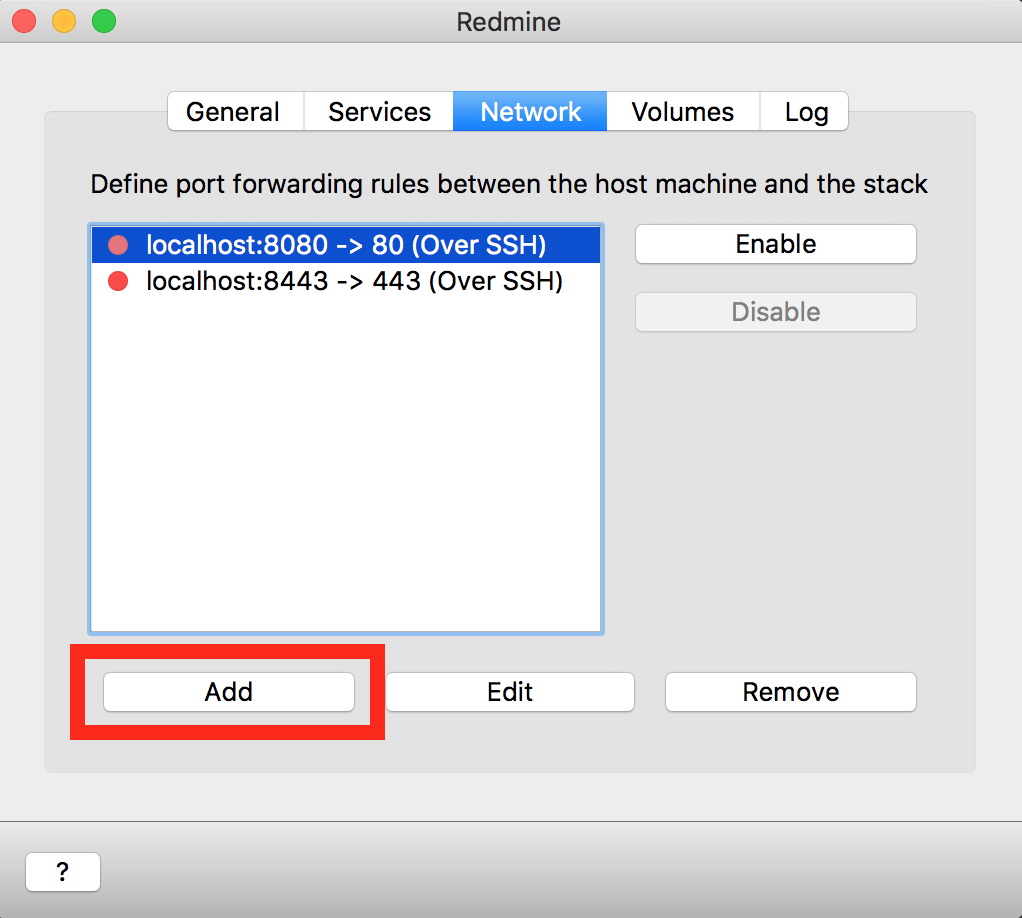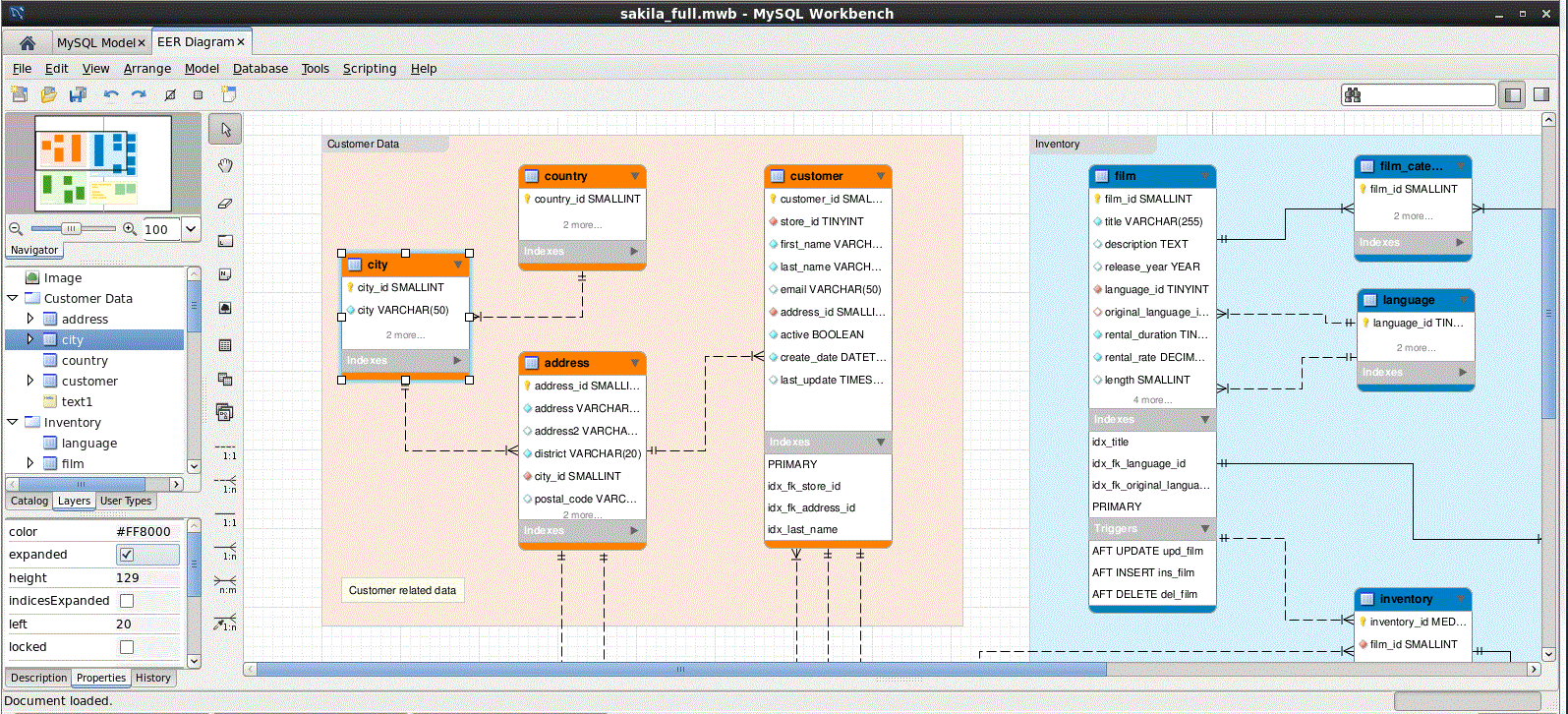To start MySQL on Mac, you can use the command line. The commands you use depend on which version of MySQL you have: either before 5.7 or 5.7 and newer. Version 5.7 came out in October 2015, so if you’ve downloaded it anytime in the last few years it’s most likely after 5.7. To start MySQL on Mac, you can use the command line. The commands you use depend on which version of MySQL you have: either before 5.7 or 5.7 and newer. Version 5.7 came out in October 2015, so if you’ve downloaded it anytime in the last few years it’s most likely after 5.7.

How To Mysql Server For Mac Os
For a list of macOS versions that the MySQL server supports, see https://www.mysql.com/support/supportedplatforms/database.html.
MySQL for macOS is available in a number of different forms:
Native Package Installer, which uses the native macOS installer (DMG) to walk you through the installation of MySQL. For more information, see Chapter 2, Installing MySQL on macOS Using Native Packages. You can use the package installer with macOS. The user you use to perform the installation must have administrator privileges.
Compressed TAR archive, which uses a file packaged using the Unix tar and gzip commands. To use this method, you 'to open a Terminal window. You do not need administrator privileges using this method, as you can install the MySQL server anywhere using this method. For more information on using this method, you can use the generic instructions for using a tarball, Installing MySQL on Unix/Linux Using Generic Binaries.
In addition to the core installation, the Package Installer also includes Chapter 3, Installing a MySQL Launch Daemon and Chapter 4, Installing and Using the MySQL Preference Pane, both of which simplify the management of your installation.


Mysql On Mac
For additional information on using MySQL on macOS, see Chapter 5, General Notes on Installing MySQL on macOS.